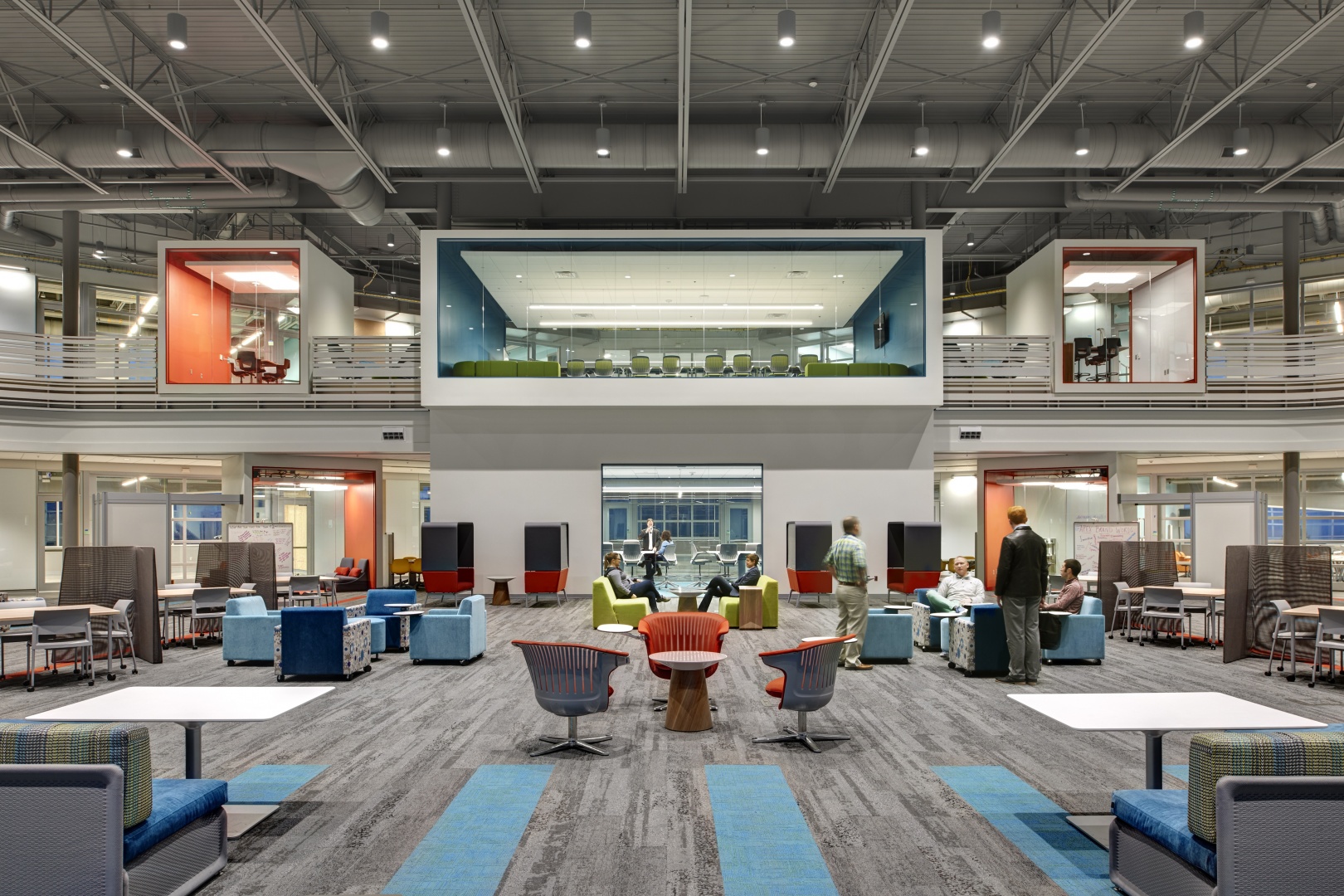
Across the education spectrum, Iowans are engaging in broad discussions about what the future of Iowa education can and should look like.
As educational planners and architects, we collaborate with Iowa schools asking tough questions and collectively rethinking the future of teaching and learning. We hear from many around Iowa, rightly proud of our rich reputation in education. Nonetheless, the topic of educational change — whether it be new math or teaching cursive — seems to reoccur. How can we find a way forward without losing what was so valuable and successful in the past?
Early adopters
As the rate of change has grown exponentially, many new theories, methods, styles and techniques have emerged, and early adopters can be found all over the map. Some of these programs embrace learners through the use of modern technology and community partnerships to reconsider the best aspects of the historical educational models.
Places like Des Moines’ long-standing Central Campus High School has paved the way for new programs like the Waterloo School Career Center that re-embrace the apprenticeship model of learning by doing. This is not just your traditional sewing a pillow, making omelets or a bird house. Programs like marine biology, nursing, coding, advanced manufacturing, health, culinary and hospitality actively engage students in learning while also providing alternative styles of educational delivery to those students who don’t always thrive in the traditional “sit and get” style of teaching.
Waukee’s Innovation and Learning Center, Cedar Falls’ Center for Advanced Professional Studies, and the Iowa Big Network are exploring the power of pairing students with business partners and career experiences. You won’t see students bored in classrooms, sitting in rows passively listening to lectures here. What you will find is dynamic curriculum and environments that encourage project-based learning, in collaboration with fellow students as well as business and industry partners. You will find a place where the space between and outside the classrooms is even more important than the classrooms. Students are learning problem solving, creativity and communication skills to solve real challenges. Don’t tell the students, but they are also learning advanced math, science, engineering, design, writing and many other things along the way.
Not just one method
The model moving forward seems to be not one method, but rather an approach that combines the best features of the past models of education with today’s technology and access to information. New ideas are supplementing the gaps in the traditional model. Whether this is profession-based, project-based, service-based, technology-based learning or some other model, one theme is clear: Iowa education is transforming from the traditional, classroom-style model to more innovative, student-centered learning that provides practical, hands-on experiences in adaptable and flexible environments.
People around the country like Apple CEO Tim Cook and others are taking notice, calling Waukee’s new Innovation and Learning Center “a model for the country.” So as we send our kids to school, entrusting them to those dedicated teachers who have changed all of our lives, ask some thoughtful and challenging questions about your school’s approach and take the time to get involved to make a difference.
Keep reading to learn more about Brad’s take on the evolution of education.